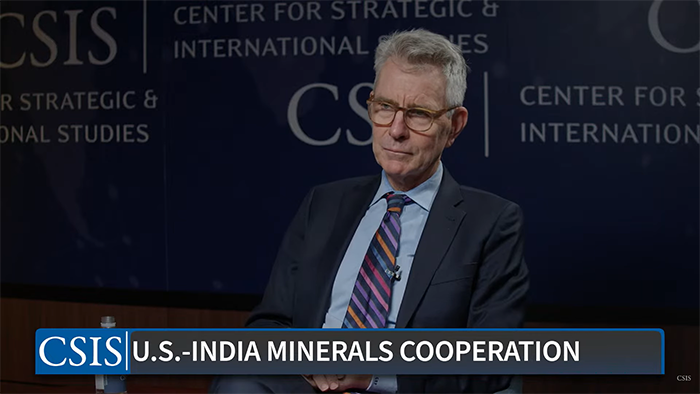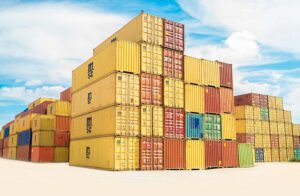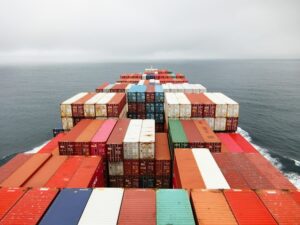While the U.S. only has about 1.4% of the world’s critical mineral reserves, India has around 7%—making it a potential solution for the West’s efforts to break dependence on China for the raw materials that are essential to decarbonization.
The challenge of transitioning to sustainable energy is driving a huge demand for all kinds of minerals, Ambassador Geoffrey R. Pyatt, Assistant Secretary for Energy Resources, U.S. Department of State, told a recent fireside chat with members of the Center for Strategic and International Studies (CSIS). He gave copper as one example.
“We are going to need more copper than mankind has produced in all of human history, which means billions of dollars of new investment every year,” he said.
The assistant secretary discussed how India could receive this investment while helping the U.S. meet its supply needs in a discussion with members of the CSIS: Gracelin Baskaran, Director of the Critical Minerals Security Program, and Richard M. Rossow, Senior Adviser and Chair in U.S.-India Policy Studies.
As part of U.S. efforts to strengthen trade relations between the two countries, India was invited to join the Minerals Security Partnership (MSP). This partnership is a group of mainly western countries collaborating to establish supply chains for the minerals and metals that are most relevant for clean energy technologies. These include—but are not limited to—lithium, cobalt, nickel, manganese, graphite, rare earth elements, and copper according to the U.S. State Department.
There already exists a lot of natural collaboration involving Indian companies working directly with American firms, Pyatt noted.
“Almost all these companies has a CEO who went to school in the United States, who has an MBA from Wharton or Stanford or went to MIT, then went home to grow their business,” he said. “So, there’s a fundamental alignment between our countries, which means I do not see a likely scenario where Indian companies are head-to-head competitors with Americans, much more likely is they are going to be collaborators.”
Ensuring benefits on the local level
The collaboration reaches down to the local level, according to Pyatt.
Not only do the federal governments have to work together, but the state level is vital as well for countries as large as India and the United States, he explained. Each of the states in India have begun to look internationally to attract investment to help the energy transition in the country. With leadership from American companies in trade relations, the energy demand in India is growing at an incredible rate, causing a push for more investment into cleaner energy, Pyatt said.
Local level cooperation involves empowering people in the areas where mining projects will be held. Pyatt gave an example of locals in India ensuring that a highway’s construction was altered to avoid a single tree. MSP countries can present themselves as a positive option to the Indian market by being keenly aware of the wishes of the community, he said.
Pyatt said it is important for Americans to export the concerns for the environment, labor practices, and professional standards that they want to see in their own country. This approach would help differentiate U.S. cooperation from cooperation with China, he said.
“We need to make sure that what we are advocating for in a policy framework internationally that is consistent with American interests, what American workers would want to see, what American companies would like to see,” he said. “In the United States, the standards that companies have to meet is set by U.S. law, by U.S. regulation. So, we want to make sure that we are accelerating a race to the top and pushing back on what unfortunately has been China’s race to the bottom in too many cases in this particular sector.”














